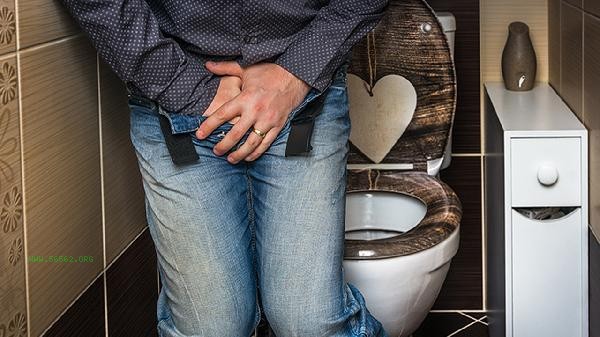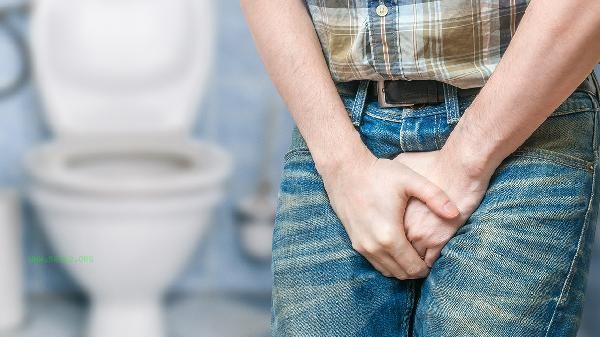Discovering bleeding from the outer layer of the testicles while showering may be related to local skin damage, inflammation, or infection. Common causes include excessive friction, fungal infections, eczema, trauma, or sexually transmitted diseases. It is recommended to immediately stop rubbing the affected area, gently rinse with water and keep it dry, and avoid using irritating detergents. If bleeding persists or is accompanied by redness, swelling, heat, and pain, seek medical attention promptly to investigate the cause.

1. Skin friction injury
Rubbing vigorously or using rough towels during bathing may cause small tearing injuries to the scrotal skin. The skin in this area is thin and wrinkled, and excessive cleaning can damage the skin barrier. You can temporarily use sterile gauze to stop bleeding and wear loose cotton underwear to reduce friction. Mild shower gel should be chosen for daily use, with gentle movements during cleaning.
2. Fungal dermatitis
Candida infection is common in humid environments, characterized by scrotal erythema, desquamation with itching, and easy bleeding after scratching. It may be related to long-term wearing of airtight clothing or diabetes. It is necessary to maintain local dryness. Doctors may prescribe antifungal drugs such as clotrimazole cream and miconazole nitrate powder, and avoid using steroid ointments on your own.
3. Allergic eczema
Exposure to chemical substances such as laundry detergent and shower gel may cause scrotal eczema, resulting in papules, exudation, and cracking bleeding. It is recommended to stop using potentially allergenic products and apply zinc oxide ointment externally after cleaning with warm water to protect the skin. In severe cases, it is necessary to use immunomodulators such as tacrolimus ointment under the guidance of a doctor.

4. External injuries or scratches
Scratches during shaving, sports collisions, or severe itching can all cause epidermal damage. Mild bleeding can be disinfected with iodine and covered with a breathable dressing. If the wound is deep or the bleeding volume is large, there may be vascular damage and emergency suturing treatment is required. Avoid vigorous exercise and soaking in hot water during the recovery period.
5. Sexually transmitted infections
such as genital herpes and syphilis may cause bleeding from scrotal ulcers. Caution should be exercised when painless ulcers or blisters rupture after high-risk sexual activity, and tests such as Treponema pallidum and herpes virus PCR should be performed. After diagnosis, standardized use of drugs such as acyclovir and benzylpenicillin should be used for treatment, and sexual partners should be checked simultaneously.

It is important to choose specialized personal hygiene products without added fragrances in daily life, and the temperature of the bath water should not exceed 38 degrees Celsius. Avoid using soap to directly clean the wound within 24 hours after bleeding, and gently rinse with physiological saline 1-2 times a day. Suspend sexual activity during the recovery period and observe for systemic symptoms such as fever and lymph node enlargement. It is recommended to prepare a special light colored towel for easy observation of secretions, and all close fitting clothing should be disinfected at a high temperature of 60 degrees Celsius or above. Patients with diabetes or immunodeficiency are more likely to suffer from secondary infection. It is necessary to strengthen blood glucose monitoring and seek medical advice as soon as possible.








Comments (0)
Leave a Comment
No comments yet
Be the first to share your thoughts!